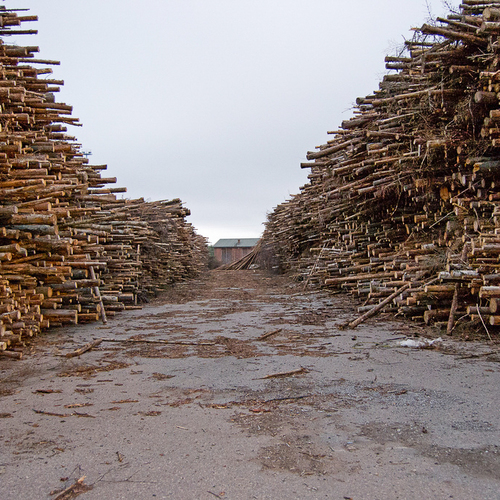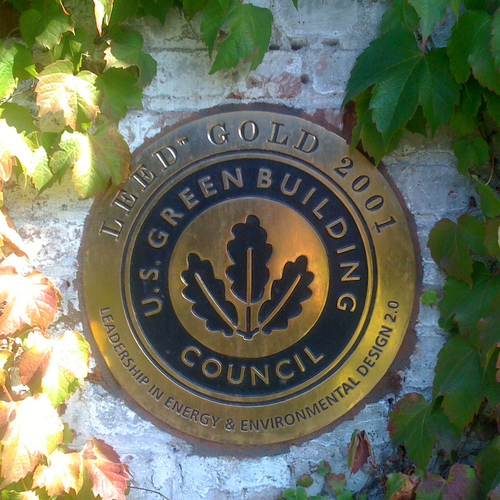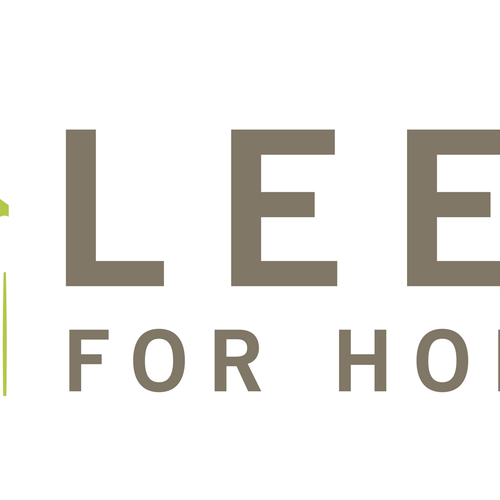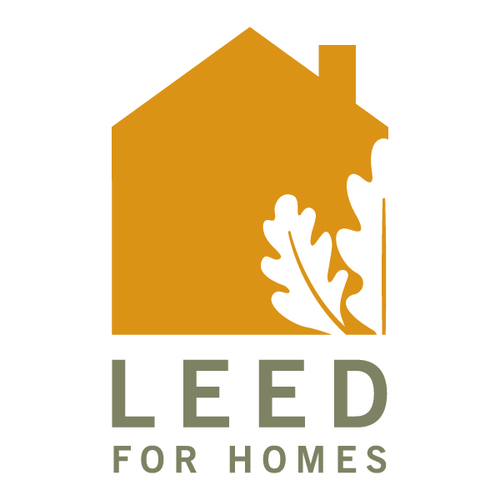
As quoted in an online article, Andres Duany, one of the founders and leaders of the New Urbanist movement, both predicts a decline in LEED certifications and argues against excessive regulation of development. Now, those who follow my posts know I am not the biggest fan of LEED. While it’s well intentioned, I think LEED, like most green building programs, is flawed and long overdue for some major revisions. Duany, however, doesn’t seem to really understand the details of LEED for Homes. Since he is essentially an urban planner, I don’t expect that he should.
One of his complaints is that the program doesn’t give points for low-cost options such as passive solar heating. He claims that it encourages developers to buy expensive windows to make sure that “not an atom of air escapes.” Now, I totally agree with the idea of finding the low-hanging fruit, but to claim that LEED focuses only on expensive energy-efficiency requirements is to misunderstand the program. Among green building programs, LEED has some of the lightest requirements for energy efficiency. In fact, certification doesn’t require a home to be any higher performance than ENERGY STAR—which, while a reasonable target, is only 15% better than the building code, at least for the time being.
Complaints not supported by facts
Some of Duany’s arguments against LEED actually seem to describe exactly how the program works. He suggests that high-density development in urban locations should have lower requirements for energy efficiency, which is exactly what LEED for Homes does. A project can pick up lots of points in Locations and Linkages while achieving relatively few in Energy and Atmosphere and still become certified, in some cases at the highest levels. He also suggests that single-family homes be subject to higher efficiency standards to compensate for the inefficiency of this type of land use. Again, this is exactly how LEED is structured.
Not completely wrong
Where I do agree with Duany’s argument is the high cost of meeting LEED certification. LEED is often too complicated and administratively heavy for the results obtained. Among green building programs, LEED is probably the most difficult to administer, requiring both intense interpretation and large quantities of documentation. Most other programs, both local and national, tend to be less complicated to manage and, in some cases, result in higher-performing buildings with less effort. LEED for Homes is currently undergoing a revision, currently scheduled for release in late 2012. All of us involved in the program hope that it becomes both simpler and more effective, something I believe is very possible with the right changes.
In complaining about the complexity of LEED certification, Duany suggests that “it will crash on its own.” While there are many out here—most notably, Henry Gifford—who also feel that way, I think this is an unlikely scenario. We should work together to make all green certification programs more effective and less complicated, while lowering the costs of compliance. I believe this is very possible—although it remains to be seen if we actually do it.
Weekly Newsletter
Get building science and energy efficiency advice, plus special offers, in your inbox.















7 Comments
And Dr. Joe L. Dishes Out More LEED Disrespect
This quote was found at the BSC website:
"... the LEED buildings did not conclusively save any energy compared to typical buildings built at the same time. This is not good."
This is for commercial buildings, mind you, not much data for residential (LEED-H) yet.
http://www.buildingscience.com/documents/insights/mis-leed-ing
Statistics were used improperly to "prove" that LEED has been working. Basically, LEED's thin margin of credibility has been destroyed, and now deserves to "crash on its own".
And we, the building community could help the situation by avoiding LEED-H ratings which are indecipherable to the homebuyer, and promote an easily understood performance rating like
Oregon's Energy Performance Score:
https://www.greenbuildingadvisor.com/community/forum/energy-efficiency-and-durability/19586/consumer-friendly-home-rating-system
LEED revision
oh goodie, i always wanted a green rating system that was so poorly planned that it needed to be constantly updated like microsoft software.
LEED and Energy Efficiency
Kevin - I believe that the issues you reference on the BSC website are primarily related to commercial versions of LEED. LEED for Homes requires at a minimum compliance with ENERGY STAR (currently 15% better than code), and while there is no assurance that a building that is modeled for energy efficiency will actually perform as well as expected, the homes program seems to do a better job of requiring high performance buildings as it is currently structured. I agree that LEED should require higher energy performance, as it is possible to just barely meet ENERGY STAR and still meet certification by obtaining points in other areas. When ENERGY STAR version 3 is released, it will require higher building performance and have a size adjuster similar to the one currently in LEED for Homes, although it seems that LEED for Homes will not move to the new Estar version until sometime in late 2012, based on the current schedule for the release of the newest version. As to Mike's comment, I don't necessarily agree that LEED was poorly planned, it's just that it is a very challenging problem. I think that the program needs to be updated more frequently than the 3 year schedule they are setting up. I don't like the endless interpretations and minor updates that are released regularly. The next version is scheduled for release in late 2012 to align with the other rating systems, then the next revision is going to be in 2015 and we need bigger and better changes much sooner to make our lives a little saner.
LEED-H will be dead by 2012
The trend is toward a "window sticker" rating system. The smartest homebuilders have already left LEED behind and introduced their own rating system that is also more appealing to buyers:
http://www.jetsongreen.com/2011/02/home-energy-performance-label-sticker.html
The USBGC is supported by builders, and this support is evaporating in the residential sector.
Don't write an obituary yet
Kevin - I wouldn't predict LEED's demise just yet. I am not a particularly big fan of the program, but it does serve a purpose and I have yet to see a single green certification program that doesn't have its faults. I do think that LEED needs to become much more streamlined and simpler to manage to gain widespread acceptance. What I find interesting is that LEED for Homes currently has at least 1/2 or more of its certified units in the affordable housing sector, most in multifamily housing. While it is costly and cumbersome for single family projects, when you amortize the effort and cost over dozens to hundreds of units, the per unit cost is fairly low. Combined with both incentives and demand for certifications, I think that we will see growth in LEED and other certifications, particularly in affordable and multifamily housing. Of course, most of us hope that eventually green building as a separate concept simply disappears and everything is built green as a matter of course, but that is still a while out - something I refer to as job security for people like me.
Windows stickers & whatnot
I'd love to see it get simpler, too. A lot of the complication came from bureaucrats at USGBC (no offense, guys!) who wanted to see LEED for Homes look-and-feel more like the other LEED programs, against the better judgment of some of us who felt strongly it needed to be nimble and rely principally on field verification. Note that the "window stickers" Jetson shows address only energy; green covers a whole lot more territory and thus doesn't lend itself to quite that level of simplicity. I'd love to see a better graphical representation of performance, though -- it could be done, no question.
Updates to LEED systems
Mike, I believe, is missing the point of the entire roster of LEED rating systems.
In our current world where the market, tech, products, and owner and designer knowledge are all growing and changing so fast, the LEED systems are designed to be changing on a schedule. These scheduled updates allow all systems to be pulling our abilities and the market forward, but to keep a position just far ahead enough to not lose anyone in the process. A stagnant system, unless it is like the Living Building Challange which sets ultimate B-HAGs (big hairy audacious goals), would be out of date and useless soon after the launch.
Change is frustrating, but change (to be frank) MUST be the name of the game. This is part of dealing well with climate volitility, with pricing fluctuations, with growing understanding of toxins, with resource depletions, with creating markets for reusable goods and changing products lines to service lines....get used to change, design for it, and work it!
Log in or create an account to post a comment.
Sign up Log in